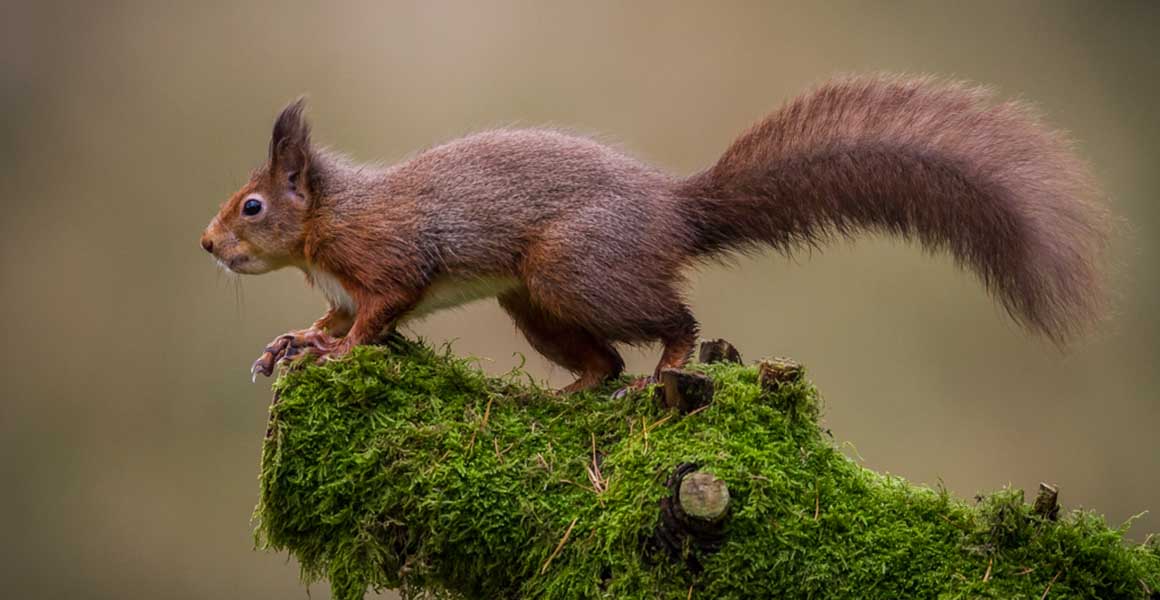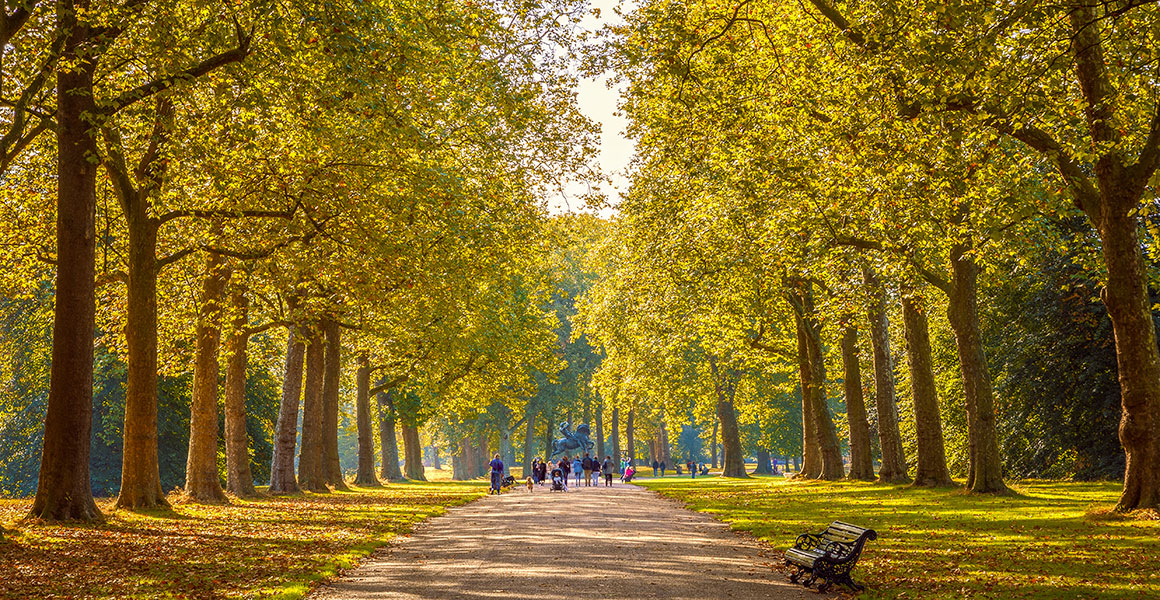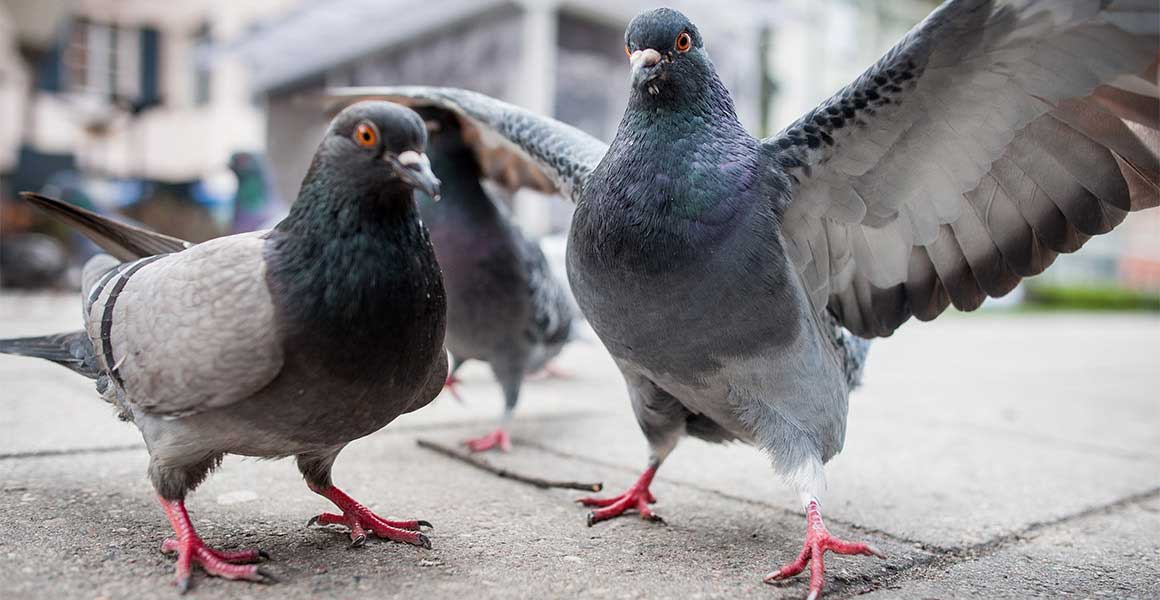Planet Earth
Biodiversity and Interdependence
I have collaborated on investigations into the process of photosynthesis and I can demonstrate my understanding of why plants are vital to sustaining life on Earth. SCN 3-02a
- Describes the process of photosynthesis (using the word equation) in terms of reactants (raw materials) and products.
- Applies knowledge gained from practical investigations to explain how green plants make their own food in the form of sugars and store this as starch.
- Investigates and presents information on how plants help to sustain life, for example, by providing oxygen, food, habitat, rawmaterials and medicines.
I have propagated and grown plants using a variety of different methods. I can compare these methods and develop my understanding of their commercial use. SCN 4-02a
- Compares natural and artificial techniques to propagate plants, for example, seeds, bulbs and cuttings, and suggests commercial uses such as food production and food security.
Body systems and cells
I have contributed to investigations into the different types of microorganisms and can explain how their growth can be controlled. SCN 3-13b
- Applies knowledge from investigations to describe the essential resources that microorganisms need to grow and reproduce, for example, food, water, warm temperature and a suitable pH.
- Draws conclusions from investigations to describe how conditions and chemicals can promote and restrict growth, including temperature, antibiotics and antifungals.
Earth’s materials
Through evaluation of a range of data, I can describe the formation, characteristics and uses of soils, minerals and basic types of rocks. SCN 3-17a
- Applies knowledge of the rock cycle to describe the formation and characteristics of sedimentary, igneous and metamorphic rocks and gives at least one example of how each is used.
- Describes the formation and characteristics of loam, sand and clay soil types, providing examples of their uses, for example, in agriculture, building and beauty products.
- Researches the formation, characteristics and uses of at least two common minerals, for example, quartz or gypsum and communicates their findings to others using a range of media.
Chemical changes
I have helped to design and carry out practical activities to develop my understanding of chemical reactions involving the Earth’s materials. I can explain how we apply knowledge of these reactions in practical ways. SCN 3-19b
- Describes chemical reactions involving the Earth’s materials, for example, combustion of fossil fuels, carbonate rocks reacting with acid and the formation and impact of acid rain.
Third Level Scientific Skills
Inquiry and Investigative Skills:
Plans and designs scientific investigations and enquiries:
- Demonstrates initiative and increasing independence in identifying a number of key questions and in formulating aims, predictions and hypotheses based on information, observations and knowledge.
Carries out practical activities within a variety of learning environments:
- Includes a control experiment when appropriate in experimental design.
- Manages identified controlled variables to ensure validity of results.
Analyses, interprets and evaluates scientific findings:
- Establishes links between the findings, aim and hypothesis.
- Relates findings to scientific knowledge and understanding.
- Draws a conclusion based on results gathered and in relation to the aim
Scientific Analytical Thinking Skills:
- Applies scientific analytical thinking skills, with increasing independence, working with less familiar and more complex contexts.






